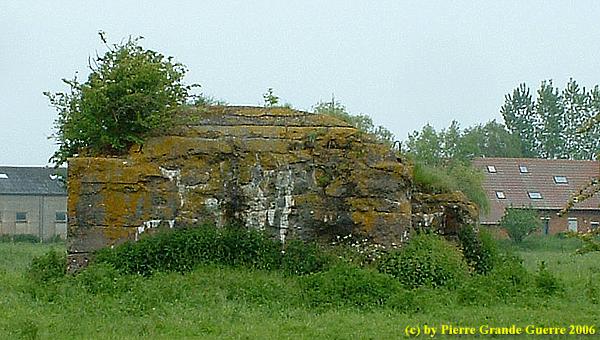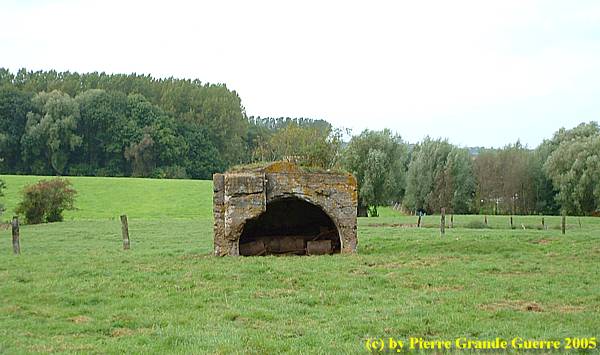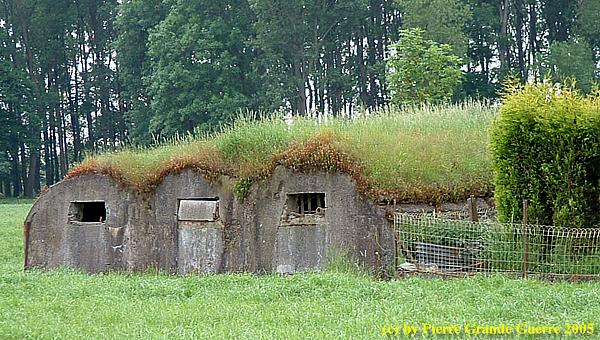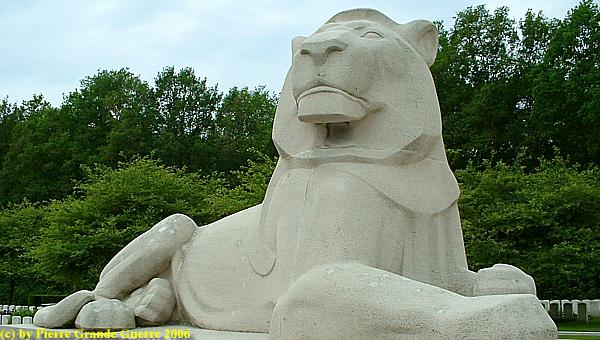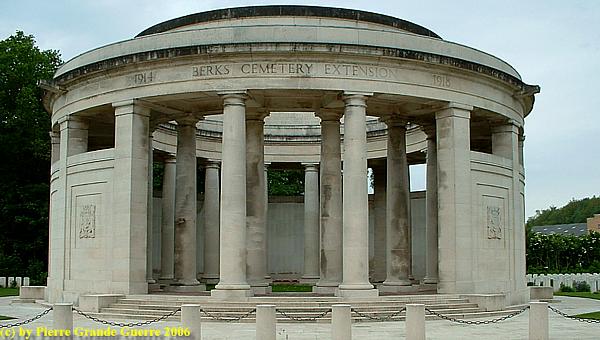YPRES SALIENT - Ploegsteert Wood
Years of visit: 2005, 2006
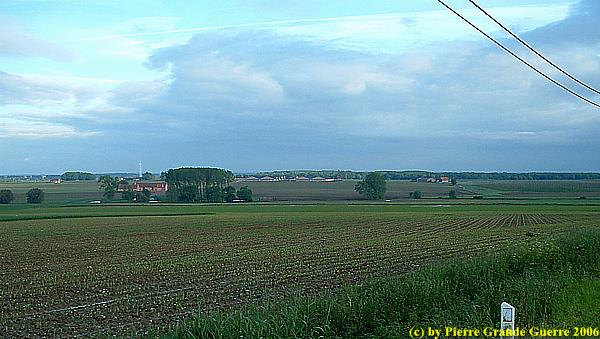
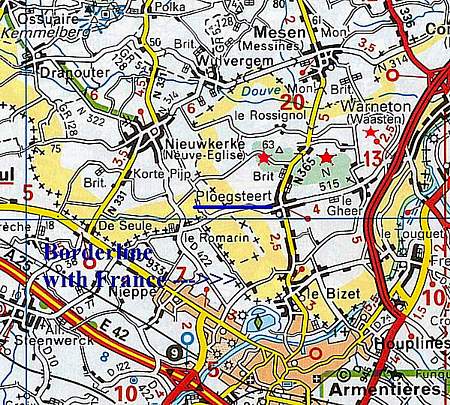
We visit the area south of Messines, along the French border: Not a sector of large battles like the Somme or other locations of the Ypres Salient.
But the losses in this sector around and in Ploegsteert Wood were still high. Many cemeteries are the silent witnesses of the loss of the troops, supporting the large offensives elsewhere.
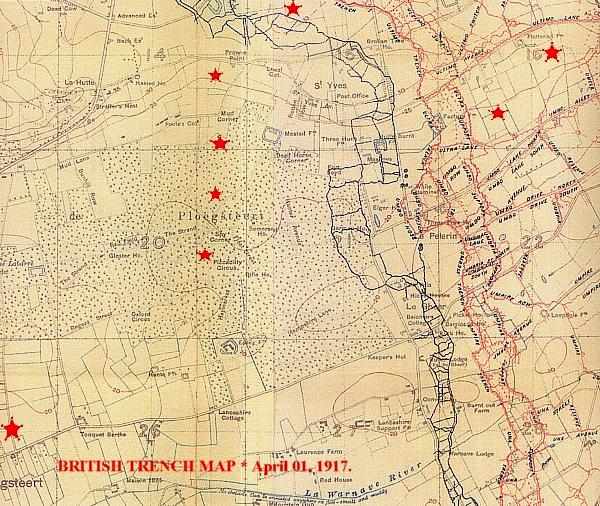
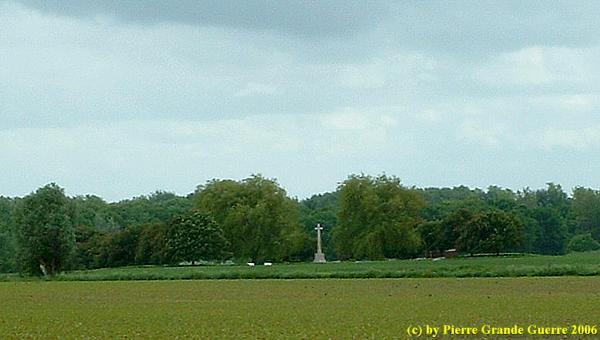
The entrance to Prowse Point Cemetery is facing the former Christmas Truce Football Field, and it is only 400 metres north of the edge of Ploegsteert Wood.
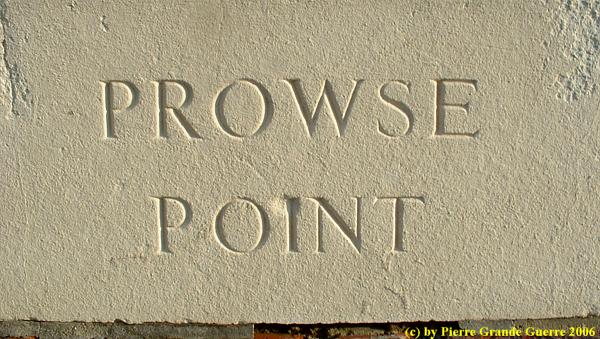
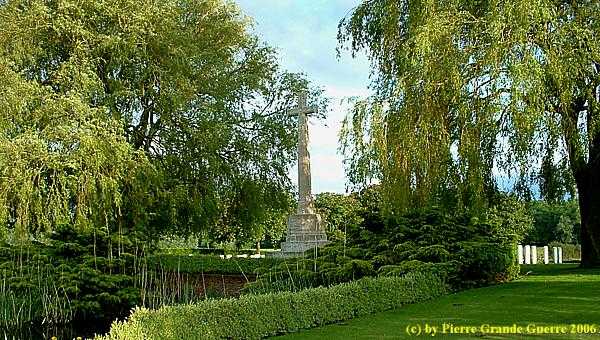
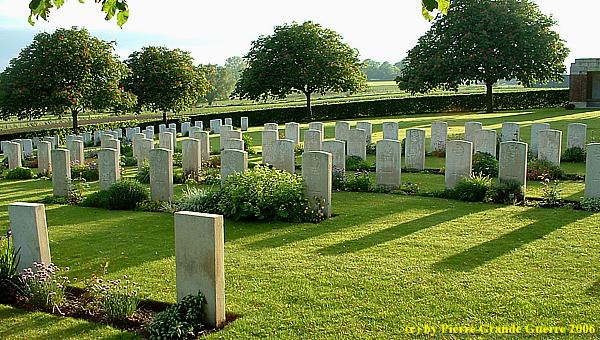
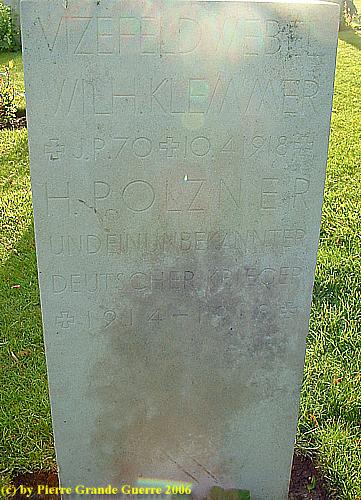
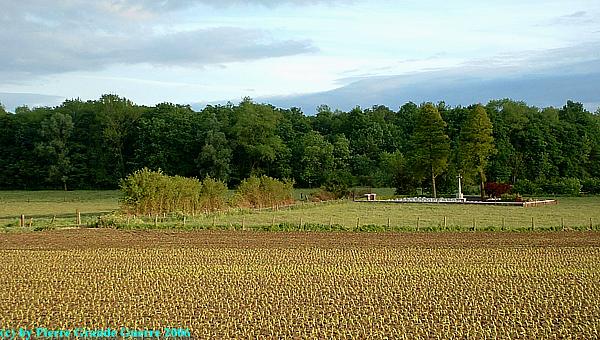
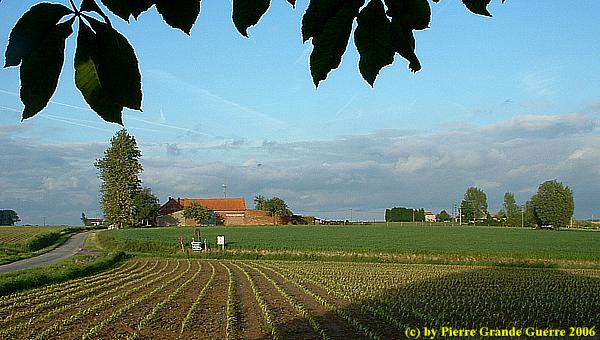


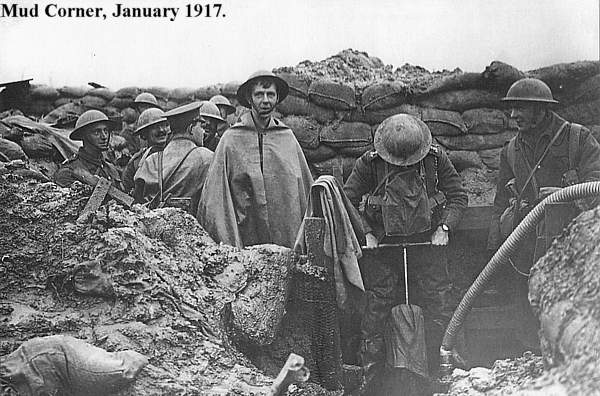
We visit the small, but beautiful Mud Corner Cemetery.

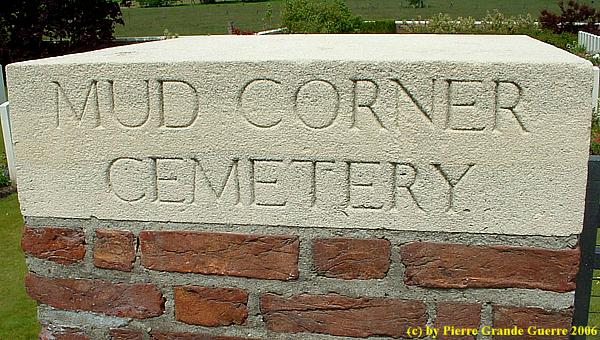
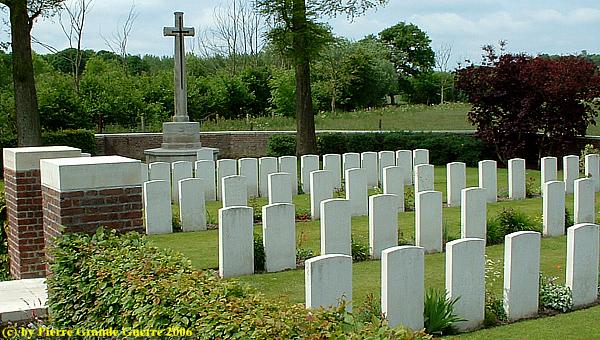
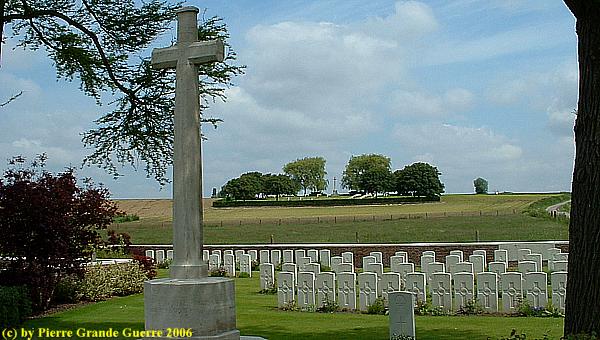
We continue by entering Ploegsteert Wood from its northern edge.

We follow the path southward into Ploegsteert Wood to discover the relics of a British shelter bunker.
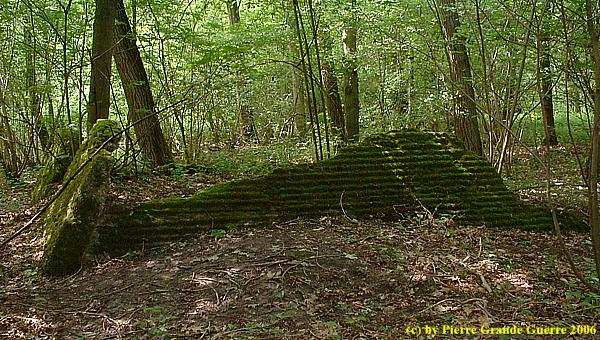
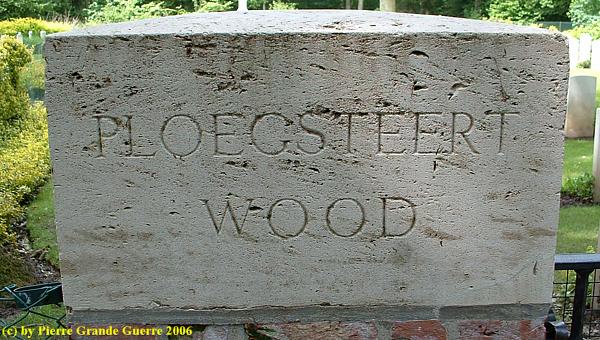
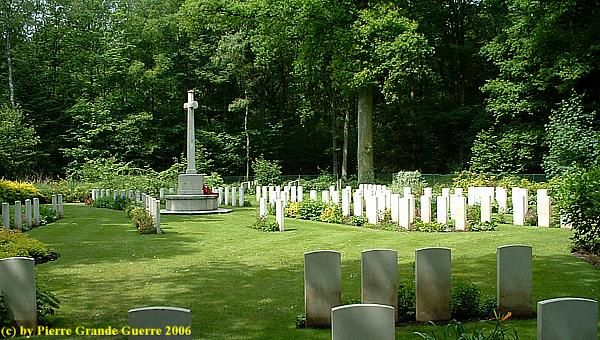
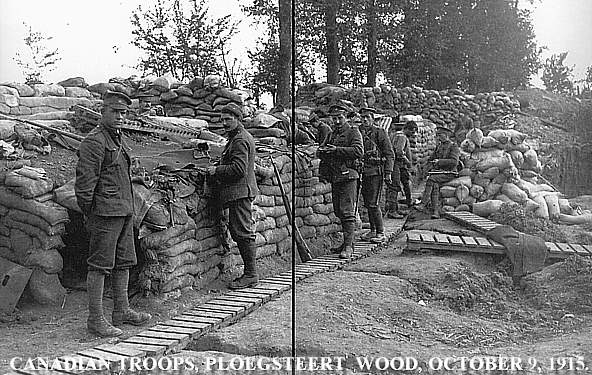
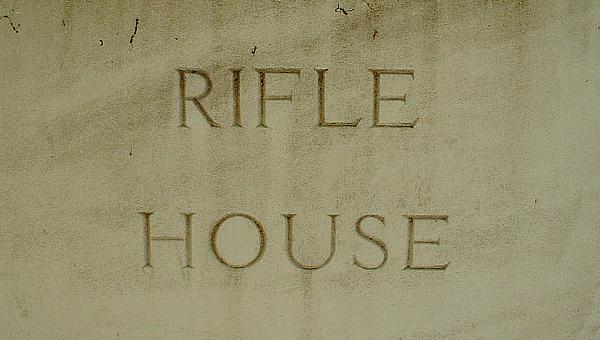
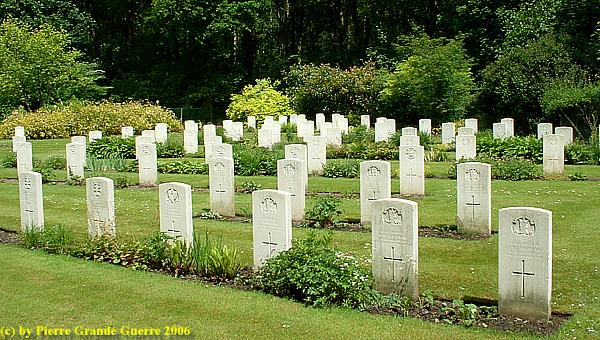
This Rifleman died at the age of 15!
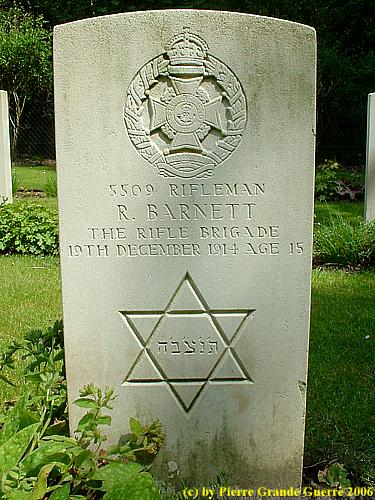
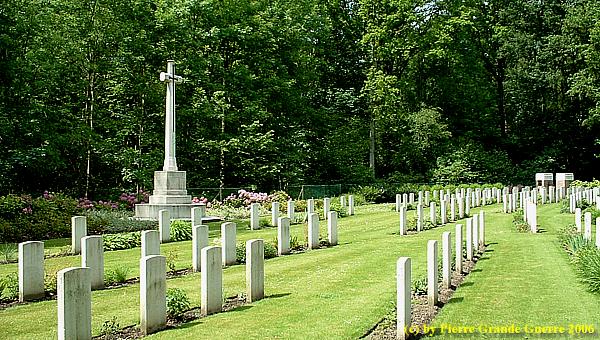
We leave the wood to pass the hamlet of St. Yvon.

We cruise eastward along the former front line.
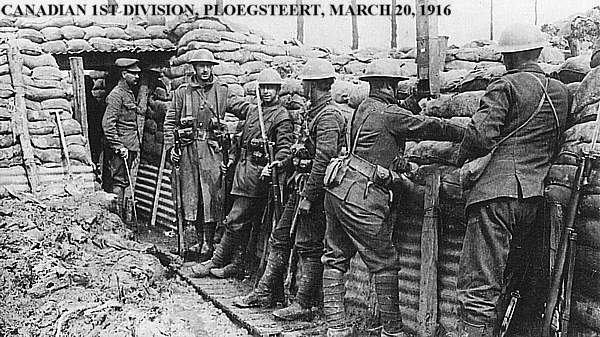
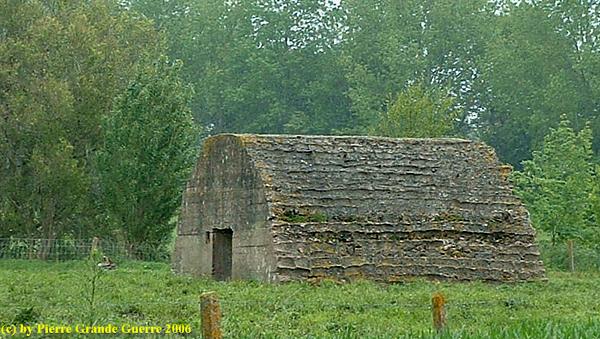
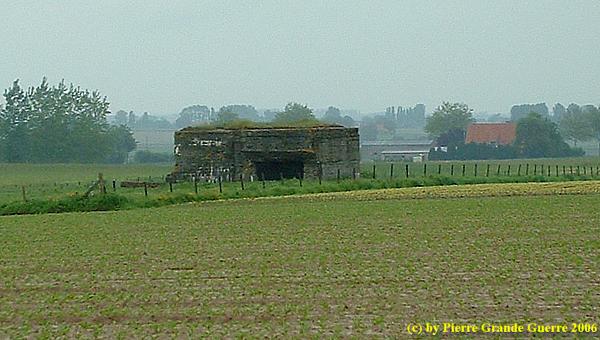
... and for instance this bunker on private grounds of a farm.

